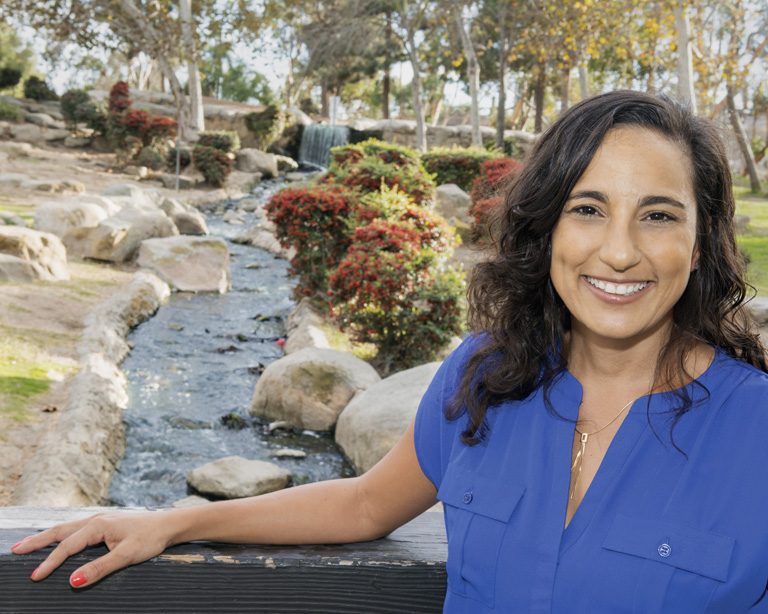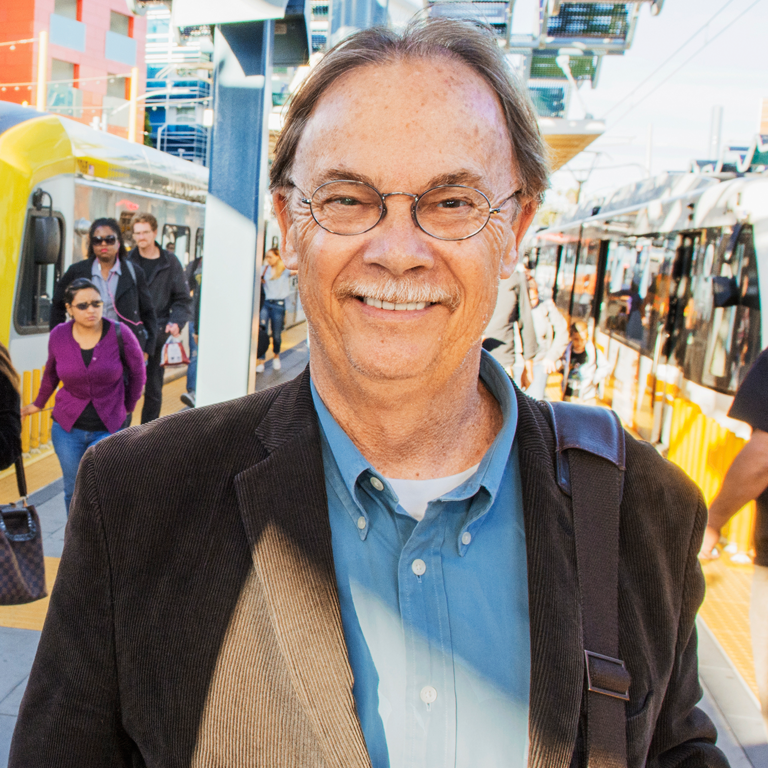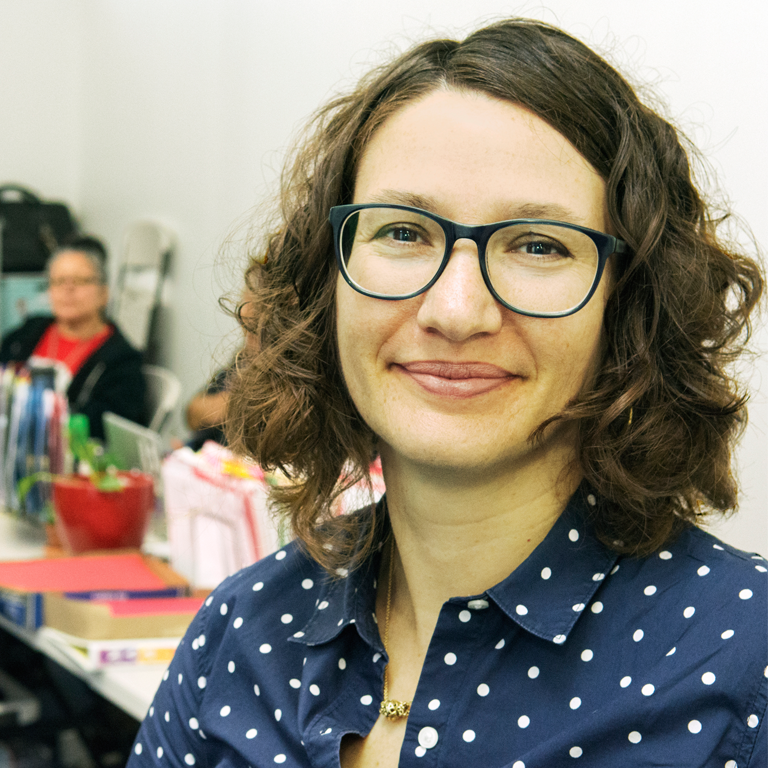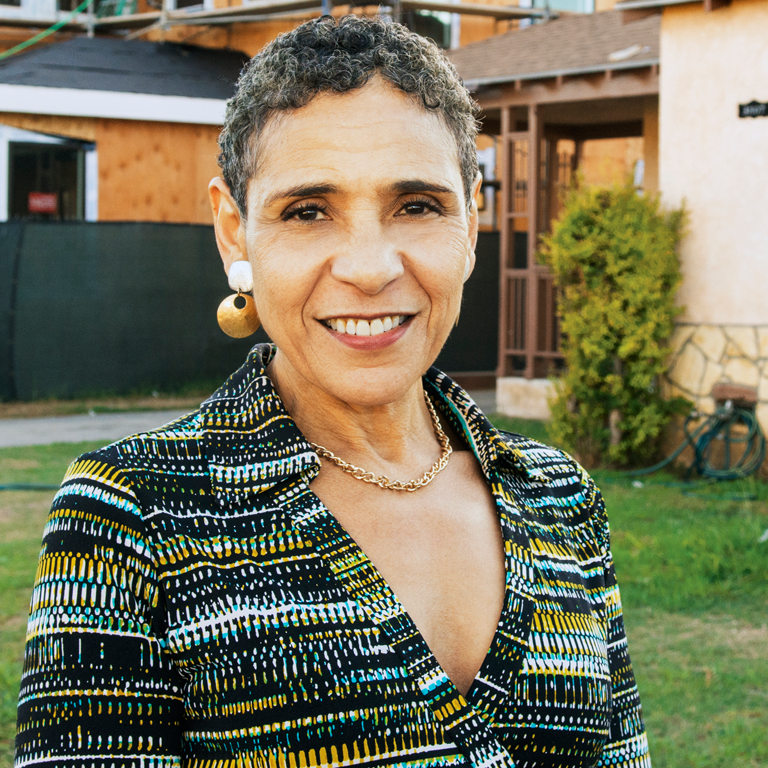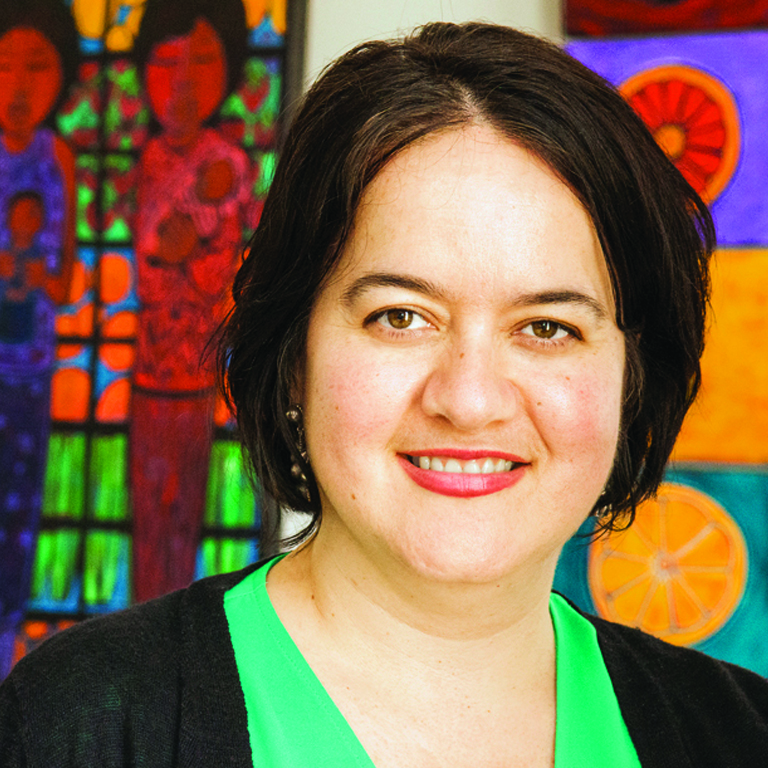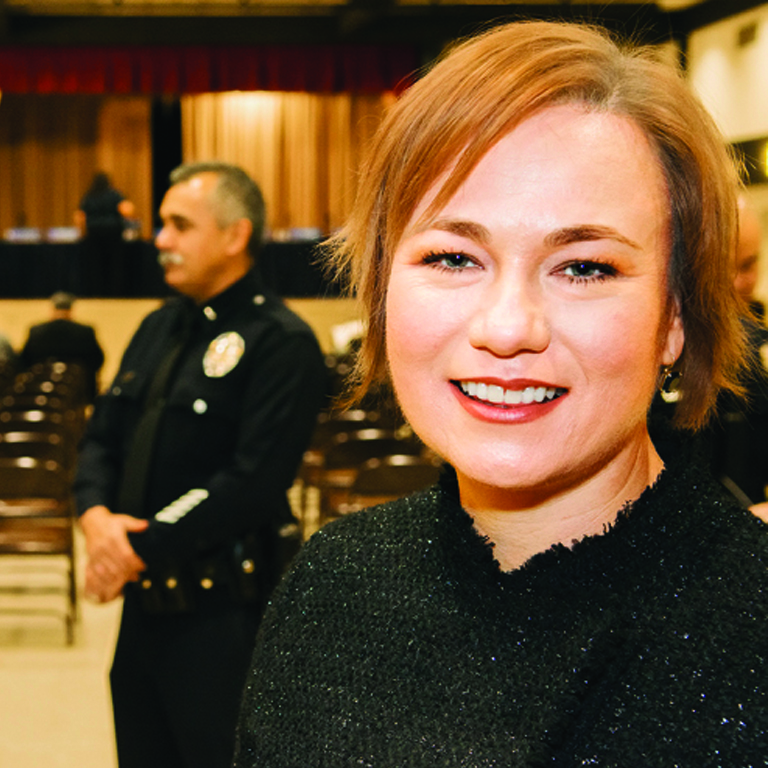Manal J. Aboelata is the former Deputy Executive Director of the Prevention Institute, a public health organization that seeks to prevent illness, violence, trauma, and injury before they occur. She will explore opportunities to leverage recent voter-approved public infrastructure investments to improve health outcomes, particularly for low-income people of color. She seeks to build a stronger bridge between the health sector and public finance, city planners, transit, and parks.
* Manal transitioned out of her role at the Prevention Institute in 2023.
Manal documents her Stanton Fellowship in the beautifully designed publication, Healing Neighborhoods.
Fellowship Summary
My Journey as a Stanton Fellow
In 2018, I embarked on a journey pursuing answers to a specific question: What will it take to proactively invest public resources to improve the health, safety, and well-being of Black and brown people living in marginalized neighborhoods?
Making LA’s Vote for More Equitable Neighborhoods Count
Beginning in November 2016, LA County voters got behind a series of ballot measures that would generate a lot of public money to fund good things that all people need and deserve—high-quality transportation, safe parks and well-maintained open spaces, quality housing and supportive services, and stormwater management systems. All that revenue flowing through the public coffers represented a huge opportunity to make a positive difference in people’s lives. It also came with tremendous risk. If LA County administrators continued allocating public resources in the ways that they had historically—failing to reckon with the legacy of segregation and its intergenerational effects on disinvestment in Black and brown neighborhoods—there was a looming threat of perpetuating, if not exacerbating, inequality.
Following a Hunch
Having worked in the public health field for almost 20 years, I had a hunch that people like me—taxpayers, women of color, advocates, nonprofit leaders, public health professionals, spouses, parents, and everyday residents of Los Angeles County—could do something to influence the way those public dollars would be spent. I believed there was a way to use those resources to put LA on a path to reducing the burdens of inequity, illness, injury, and disease affecting everyone, most especially those in disinvested and under-resourced communities. I didn’t know exactly what that “something” was, but I was curious about what was possible and what it would take.
As a Stanton Fellow, I had the privilege to explore my hunch. During a two-year period from January 2018 to December 2019 and while advocating for equitable public investments, I read about public infrastructure, public financing, and the sociology of inequality. I reviewed literature on healthy communities, capitalism and the African American community, the role of racism in the history of land conservation, urban parks and recreation, and the latest on walkability in urban communities. To better understand the intersections between public finance, healthy neighborhoods, and social equity from a broader range of perspectives, I traveled to San Antonio and Houston, Texas; Panama City and the Panama Canal; Medellin, Colombia; Atlanta, Georgia; and even explored my home, South LA, more deeply.
My search for answers sent me looking for inspiration and wise counselors. I interviewed 27 women leaders working in LA and sat down with about 15 other subject matter experts from diverse but related fields including: public finance, conservation finance, public health, medicine, environmental law, community organizing, affordable housing, transportation, water quality, public utilities, sociology, urban habitats, library management, parks and open space, among others. I enlisted an “artist collaborative” of four African American artists who encouraged me to think differently about social justice and healthy neighborhoods.
The Stanton Fellowship was a treasured opportunity to go on a learning journey, to explore what I and others like me could do to improve the policies, procedures, and practices that would inform how and where LA’s public dollars will be invested. I’ve come away from the experience knowing that with tenacious advocacy, there’s no question that public resources—including tax revenue—can be proactively directed toward the neighborhoods that need them the most.
A Beginning, Not an End
The journey I set out on as a Stanton Fellow is actually part of a much larger quest.
My entire professional pursuit has been in search of health justice for people of color. Reflecting on my time as a Stanton Fellow, I feel that I am at the beginning rather than the end of a journey. My journey forward is centered on the premise that we must act to repair harms done to African Americans, Indigenous people, and people of African descent first, and to do so in alignment and solidarity with other oppressed and marginalized groups. Because Indigenous people and African Americans have most ruthlessly been stripped of their right to live in a healthy neighborhood, this right must be restored with deliberate speed. My time as a fellow ignited a spark in me. With a focus on repairing past harms, we—health professionals, neighborhood residents, advocates and organizers—can secure a bold vision for health justice: the fundamental human right of every human being to live in a neighborhood where they can thrive.
